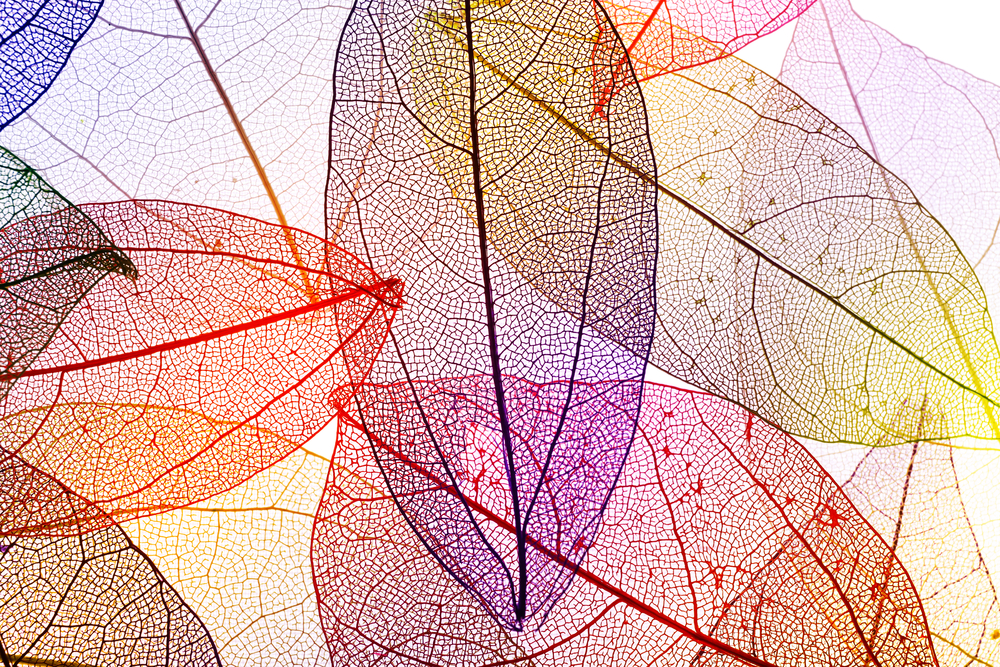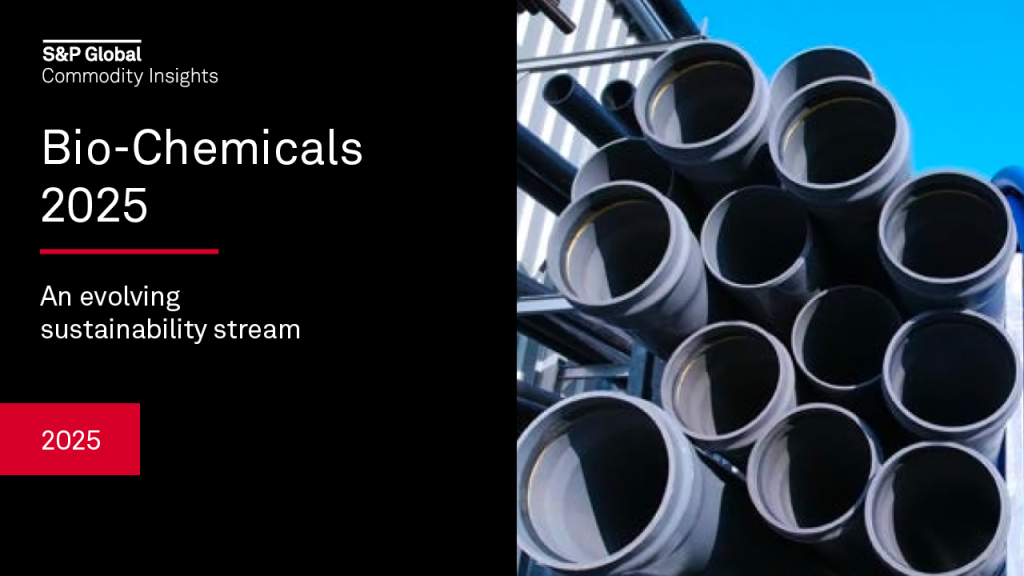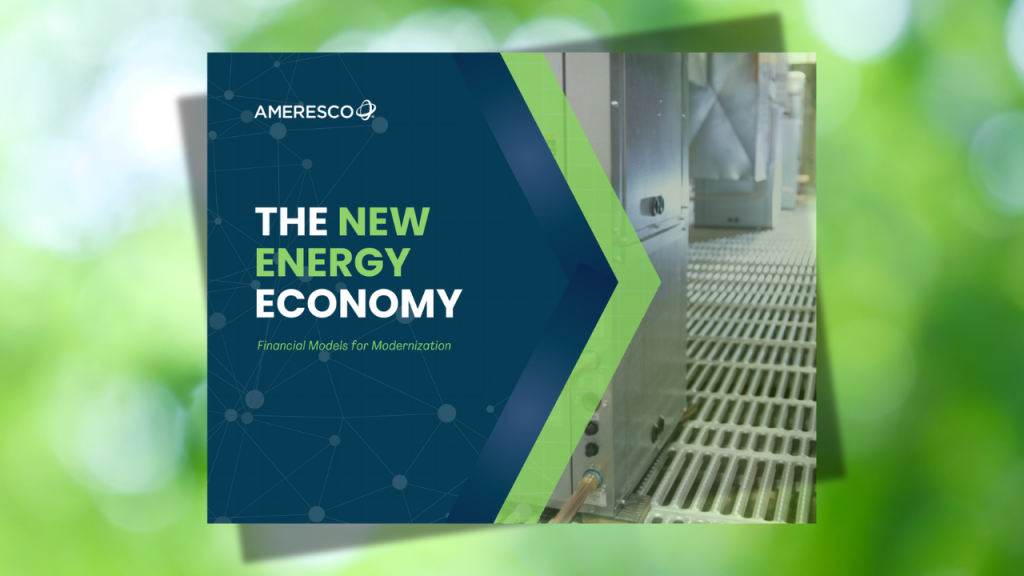9 benefits of blending biomimicry and the built environment
Taking cues from nature when it comes to how we build cities is a win-win. Read More

Designers in the building industry are continually looking for new and innovative ways to create beautiful, livable spaces that are environmentally responsible and resilient.
Increasingly, those on the leading edge are looking to nature as a source of inspiration — a design discipline known as biomimicry.
First, here’s some context on biomimicry and the built environment:
And here are nine examples of how applying biomimicry in the context of the built environment can help designers, projects developers and communities as they work to create naturally sustainable, inherently resilient spaces.
Design value: A source of inspiration
Looking to nature for inspiration can help individual designers in multiple ways.
1. Nourish curiosity
Designers are innately curious, and biomimicry provides the opportunity to learn about life’s water, energy and material-use strategies. This perspective broadens the design space to bring new solutions to the table.
2. Go beyond form
Looking to nature for design cues historically has been standard practice, from Corinthian columns on Greek temples to Santiago Calatrava’s iconic biomorphic structures. But the practice of biomimicry looks beyond form and teases out life’s inherent sustainability strategies, creating structures that fit form to function, use materials efficiently and adapt well to their environment.
3. Give permission to play
Too often, going to work means sitting at a desk in front of a computer and putting out metaphorical fires, which is hardly a creative environment. Studies have shown that people who go outside often are happier, healthier and more creative than those who do not — meaning that integrating outdoor experiences into your design process can give your creativity a boost.
Project value: A framework for innovation
By using the Biomimicry DesignLens as a framework, looking to Life’s Principles and bringing ecologists and biomimics to the table, design teams can bring new perspectives to their projects.
4. Disrupt traditional thinking
Start by asking, “How would nature solve this challenge?” Assuming the design team has the adequate knowledge to answer, this framing gives project teams an opportunity to explore new solutions and brainstorm opportunities to solve challenges in new and innovative ways.
5. Accomplish multiple objectives with a single gesture
In nature, there are no single-purpose tools. For example, trees provide shade with their leaves, which also generate energy, and bark, which also help to protect and cool the moving water beneath the surface. Imagine building surfaces and systems that could accomplish multiple functions with one simple, multi-functional design.
6. Adapt to context and climate
Rather than fighting against the climate by using energy and resources to hold nature at bay, our projects can leverage cyclic processes, such as the change of seasons, and build with readily-available materials and energy. These elements also can make the achievement of LEED Platinum and Living Building Challenge standards more easily achievable while minimizing additional costs.
Community value: A tool for systemic transformation
Integrating biomimicry into your design practice also can generate multiple benefits for the community at large.
7. Emulate and enhance ecosystem services
Buildings, streets and parks can be constructed to perform the same functions a natural ecosystem does: stormwater harvest; flood mitigation; habitat creation; energy production; and carbon sequestration. We can create a built environment that “fits in” again and contributes to the ecosystems we inhabit, truly emulating the genius of our place.
8. Leverage collaboration
Rethinking our buildings as nested systems, both made up of smaller systems and a part of multiple larger ones, allows us to cultivate collaborative relationships that save resources, energy and cost for the project and the community at large.
9. Embody resilience
Life on Earth is the epitome of resilience, adapting and changing to fit its context over billions of years. By looking to how nature confers resilience on its systems — incorporating diversity and embodying resilience through variation, redundancy and decentralization — we can create human-built systems that are inherently resilient to disturbances.
Many of us in the global network of practicing biomimics are differentiating our work by integrating nature’s strategies into our work in the built environment; creating beautiful spaces that are sustainable, resilient and modeled on nature’s strategies.
Architecture firms HOK, Grimshaw and Exploration Architecture are just a few practitioners already integrating biomimicry into their practice, and you can do this, too.















